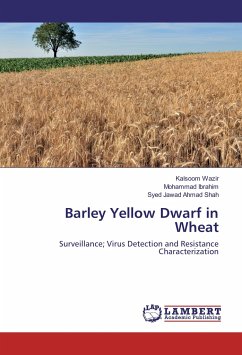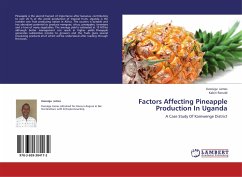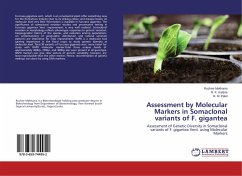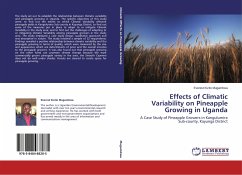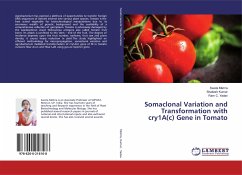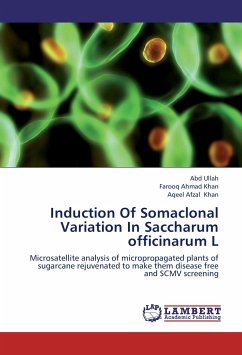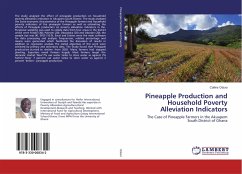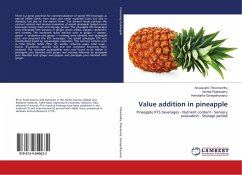
New pineapple somaclonal variants: P3R5 and Dwarf
Versandkostenfrei!
Versandfertig in 6-10 Tagen
24,99 €
inkl. MwSt.

PAYBACK Punkte
12 °P sammeln!
In this study we show a detailed phenotypic, genetic and physiological analysis of two somaclonal variants that are currently evaluated as improved genotypes in our University. We obtained two new pineapple somaclonal variants derived from in vitro culture of cv. Red Spanish Pinar: P3R5 and Dwarf. The AFLP analysis revealed an existing genetic distance. So far 44 phenotype indicators selected due to their relation to a wide range of important agricultural, morphological and physiological processes have been evaluated. P3R5 differed from the donor in 19 variables, while Dwarf varied in 31 indic...
In this study we show a detailed phenotypic, genetic and physiological analysis of two somaclonal variants that are currently evaluated as improved genotypes in our University. We obtained two new pineapple somaclonal variants derived from in vitro culture of cv. Red Spanish Pinar: P3R5 and Dwarf. The AFLP analysis revealed an existing genetic distance. So far 44 phenotype indicators selected due to their relation to a wide range of important agricultural, morphological and physiological processes have been evaluated. P3R5 differed from the donor in 19 variables, while Dwarf varied in 31 indicators. The Euclidean distances of each somaclonal variant to the donor plant material taking into consideration the genotype (AFLP) and the phenotype evaluations were also calculated. Regarding the genotype information, P3R5 is separated from cv. Red Spanish Pinar by 2.83 units of Euclidean distance, and Dwarf by 3.00 units. However, the phenotype indicators revealed higher differences: 3.74in P3R5 and 4.71 in Dwarf. To our knowledge, this is the first report of a comprehensive analysis of pineapple somaclonal variants.



